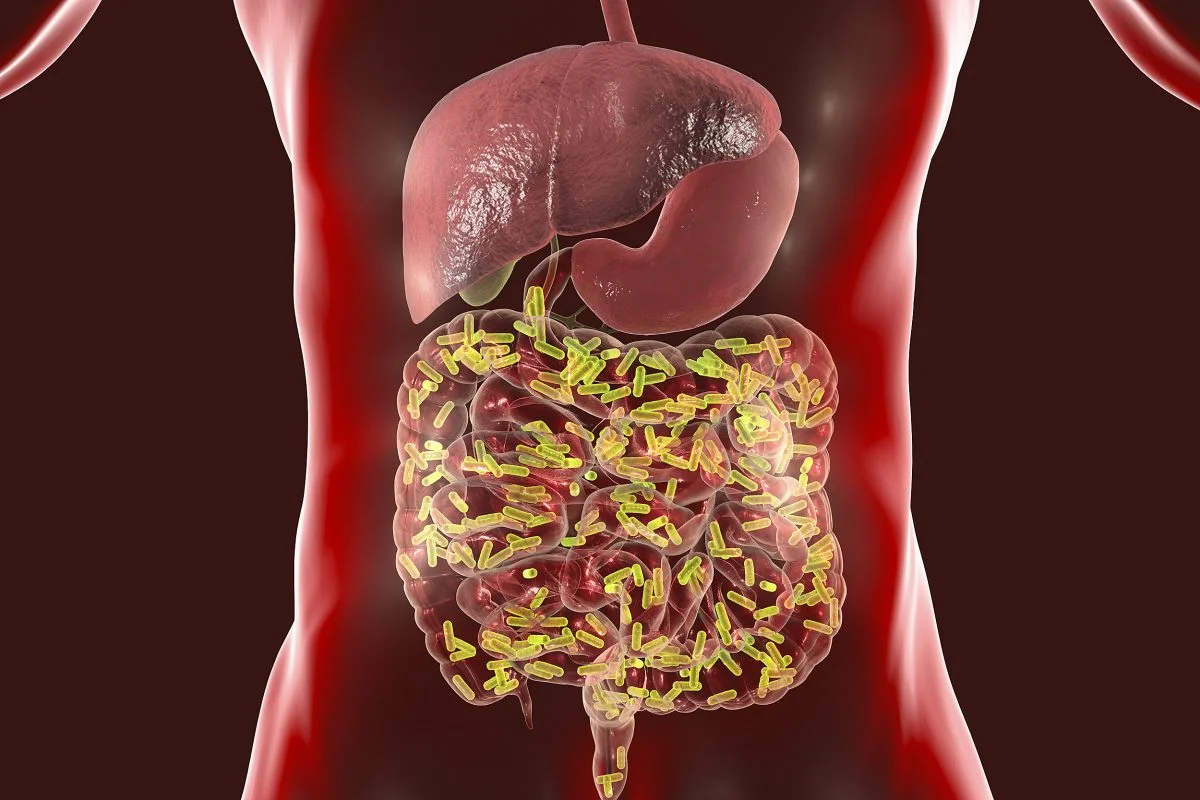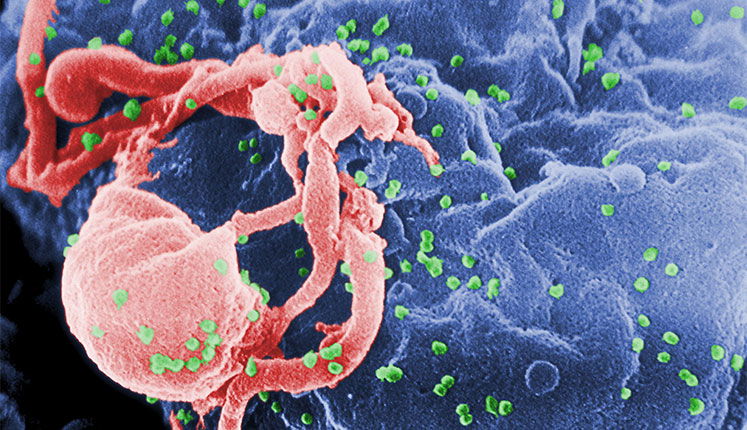When we closely examine the living world and endeavor to unravel its mysteries, we are astonished by the intricate workings of this complex system. Similarly, the human body conceals many unexplained phenomena within it. Despite achieving numerous milestones in scientific discoveries, there remains much to uncover. For biologists, gut microbiota has been a focal point of interest for decades.

The Mystery:
The term “microbiota” refers to microcellular living organisms. These organisms can be found anywhere in the environment, including air, soil, water, and even within the bodies of other living beings, such as the human gut. In this case, it is referred to as the human microbiome [1]. This microbiome comprises primarily bacteria but also includes fungi, parasites, and viruses. These tiny creatures are present throughout the entire length of the gut, from the mouth to the anus [2]. After years of research, it has been discovered that these microorganisms are involved in numerous metabolic activities of the body. They coexist symbiotically with humans, following the principle of giving and receiving. They obtain food from our gut and, in return, produce useful substances like vitamins (K & B12), short-chain fatty acids (SCFA), neurotransmitters (tryptophan), enzymes (lactase), antimicrobial peptides, secondary bile acids, and trimethylamine N-oxide [3]. Since the human body cannot produce these substances, it benefits from these microorganisms in the gut. Any disease or disorder that disrupts the balance of these substances can lead to various pathological conditions in the human body. Some of these pathologies are listed below:
- Coagulopathy: vitamin-K deficiency
- Pernicious anemia: vitamin-B12 deficiency
- Disrupted intestinal wall integrity: SCFA deficiency
- Lactose intolerance: lactase deficiency [4]
Due to the significant importance of the gut microbiome for humans, it is now considered the new “virtual metabolic organ” of the human body [5].

Gut Microbiome and Other Organs:
The human body is organized systematically, with each part or organ depending on the proper function of another. For example, if the heart stops beating, it can lead to ischemic damage to other organs like the brain and kidneys. Similarly, if the kidneys cease to filter blood, it can result in the accumulation of harmful substances in the blood, ultimately leading to dysfunction in other body organs. The gut microbiota is also closely linked to the function of other organs in the body, with its primary relationship described as the gut-liver axis.

Gut-Liver Axis:
The gut-liver axis represents bidirectional communication between the gut microbiota and the liver [6]. The liver is often referred to as the body’s metabolic factory. Anything absorbed from the intestine first enters the liver through the portal vein, where it undergoes metabolism. In return, the liver releases harmful and non-useful substances into the gut via the bile duct in the form of bile juice. Bile contains important substances like bile acids (lithocholic acids, deoxycholic acids, etc.) that play a crucial role in nurturing and maintaining a healthy population of beneficial bacteria while inhibiting the growth of harmful bacteria simultaneously [7]. This interdependence and bidirectional relationship between these organs underscores the overwhelming importance of gut microbiota as an organ.

Further Advancements and Discoveries:
Clostridium difficile infection has been a persistent concern for decades, causing numerous deaths worldwide annually. Recently, gut microbiota has been used as a remedy for this problem. Microbiota from the body of a healthy individual is transplanted into the body of a diseased individual in the form of capsules and enemas, a procedure known as gut microbiota transplantation [8]. This approach has shown promising results in the treatment of Clostridium difficile infection, and further research is ongoing to explore additional treatment options involving gut microbiota.
Conclusion:
In conclusion, it is clear that these unseen microbes in our gut play a crucial role in human survival. There is still much to be discovered in this fascinating field
References:
- 1Ursell LK, Metcalf JL, Parfrey LW, Knight R. Defining the human microbiome. Nutrition reviews. 2012 Aug 1;70(suppl_1):S38-44.
- Blum HE. The human microbiome. Advances in medical sciences. 2017 Sep 1;62(2):414-20.
- Flint HJ, Scott KP, Louis P, Duncan SH. The role of the gut microbiota in nutrition and health. Nature reviews Gastroenterology & hepatology. 2012 Oct;9(10):577-89.
- Natividad JM, Verdu EF. Modulation of intestinal barrier by intestinal microbiota: pathological and therapeutic implications. Pharmacological research. 2013 Mar 1;69(1):42-51.
- Evans JM, Morris LS, Marchesi JR. The gut microbiome: the role of a virtual organ in the endocrinology of the host. J Endocrinol. 2013 Aug 28;218(3):R37-47.
- Zeuzem S. Gut-liver axis. International journal of colorectal disease. 2000 May;15:59-82.
- Albillos A, De Gottardi A, Rescigno M. The gut-liver axis in liver disease: Pathophysiological basis for therapy. Journal of hepatology. 2020 Mar 1;72(3):558-77.
- Liubakka A, Vaughn BP. Clostridium difficile infection and fecal microbiota transplant. AACN advanced critical care. 2016 Jul 1;27(3):324-37.